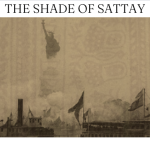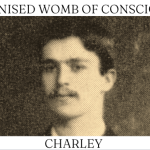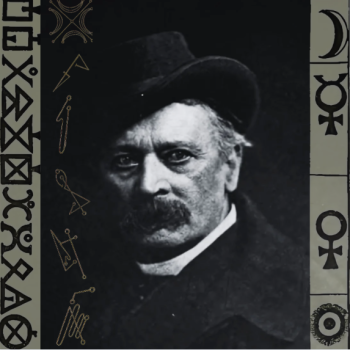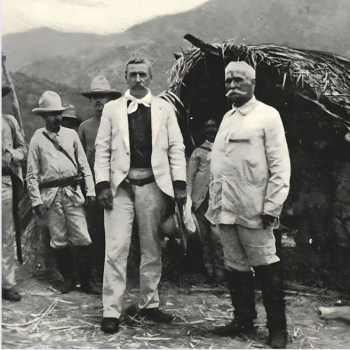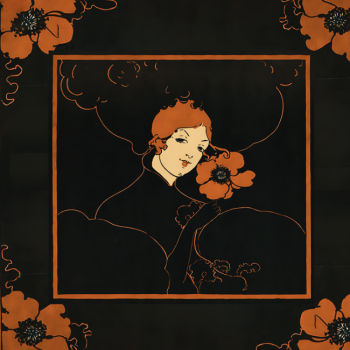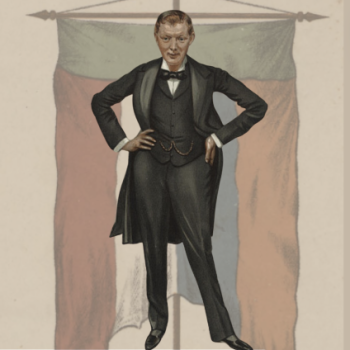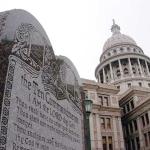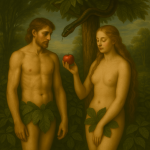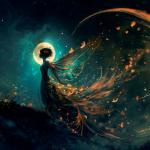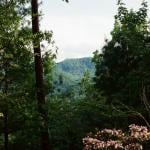New York City,
March 7, 1898.
“The light is the sword of war that presages conflict,” said one of the street preachers in Union Square. “It appeared in the sky before the Revolution! It appeared in 1861, before the Civil War.”
Hundreds of men, still alive in New York, swore they had seen a light, just like the flaming sword, in various places in the South, just before the Civil War. Some even said that President Lincoln’s assassination was “presaged by a strange meteoric display.”
“It’s a bad omen!” shouted one of the ad hoc congregants. “Many people seen it just before President Garfield was assassinated!”
“No,” shouted a rival preacher. “It’s the sword of the Lord and Gideon,” One man, in the center of a knot of twenty people, suggested that
“The sign means war between the United States and Spain,” declared a man in the center of a knot of twenty people. “New York will surely suffer in that struggle!”
In Madison Square a similar scene unfolded when a group of Black laborers gathered about another street preacher.
“It is the pillar of flame which led Israel through the wilderness!”
His auditors, occupied with more terrestrial concerns, remained skeptical.
“It’s probably just a new electric sign on upper Broadway,” said one man.
“It’s probably just another fire in Harlem,” rejoined another.
The side walks of New York teemed with people; the same was true on the Brooklyn Bridge. Those who could not, or dared not, go into the streets leaned from the windows of the tenements, offices, and uptown hotels to gaze into the sky. They, too, were unable to comprehend what they were witnessing.
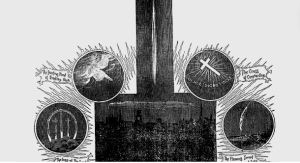
“Fiery Sword” Over New York.
The confluence of celestial events began earlier that evening with the appearance of a lunar halo. Though certainly out of the ordinary, this in itself was not much of a spectacle. It was the luminescence of the giant cross which appeared affixed to the surface of the moon, and the “four arms of white light,” which beamed in the heavens. Then came the bank of fiery red clouds. The phenomenon did not end there. Above the clouds, many miles closer, an unbroken perpendicular shaft of fiery-red light appeared over the western sky of New York. The clouds began to glow with a brilliance that extended from the Atlantic Highlands to the Hackensack Meadows.“ It appeared like a beam flashed from a searchlight without preliminary design,” wrote The New York World, “but it was not a searchlight.” Other witnesses described it as a giant “sword of living flame,“ which shined like iron at white heat. It remained, perfectly steady, in vertical suspension in mid-heaven. Soon the luminous clouds melted into a deeper crimson, but the “flaming sword” grew increasingly brighter.
Throughout the week scholars and philosophers turned to their books to find analogous phenomena in history. Celestial warnings which agitated their ancestors, “turned the fate of empires, and changed the condition of the peoples of earth.” Those who remembered their history told those who would listen, about the portent that illuminated the heavens above Constantine which “guided him from the blackness of paganism to Christian victories.” There were those who recalled the story of the strange light which appeared in the sky when Napoleon was born, who, it was said, “always watched the heavens before his great battles for a blood-stained star, which he believed would be his fall.” On March 13, The New York World stated:
Have the epoch-making changes of the world a counterpart, a reflection in the cosmic regions surrounding it? Are there relations between the visible and invisible that measure time and eternity? Is there a correspondence between this little grey earth and the mighty universe more intimate, more personal than is set forth in the natural laws which scientific men have codified? Vast are the achievements of modern science, they can be routed by the questions of a child. The unknown is so huge, so tremendous that exact knowledge is pitifully beside it. Is the belief that these portents in the heavens are reflections of some powerful influence, possibly of psychic force, more wonderful than telephone or telegraph or railroad, or a score of other modern developments would have been to the ancient Greeks and Romans? History is filled with authenticated appearances of marvelous phenomena in the heavens which preceded or followed extraordinary events. There are many who will accept nothing they cannot see with their own eyes. The flaming sword of last Monday night was a fact, not a figment of the imagination. It was seen by millions from Long Branch to Albany.
Three weeks earlier, on February 15, 1898, an explosion sank the U.S.S. Maine, an American battleship, in harbor of Havana, Cuba. The tragedy galvanized the people of the United States to go to War with Spain. By the close of that year, America would extend consolidate an imperial position that extended beyond the limits of continental North America.
Is there a causal link between the movements in the sky and events on earth?
SOURCES:
“Strange Light In The Sky.” The New York Times. (New York, New York) March 8, 1898.
“Fiery Signs In The Sky.” The Sun. (New York, New York) March 8, 1898.
“Portents In The Sky.” The Brooklyn Daily Eagle. (Brooklyn, New York) March 8, 1898.
“A Fiery Red Sword.” The Brooklyn Citizen. (Brooklyn, New York) March 8, 1898.
“Flaming Sword Is Seen.” The Inter-Ocean. (Chicago, Illinois) March 9, 1898.
“Fiery Sword In The Sky Draws All Eyes.” The World. (New York, New York) March 8, 1898.
“Awe-Inspiring Portents Of War Seen In The Skies.” The World. (New York, New York) March 13, 1898.
“Ball Of Fire Sweeping Sky Excites City.” The Evening World. (New York, New York) September 2, 1905.


